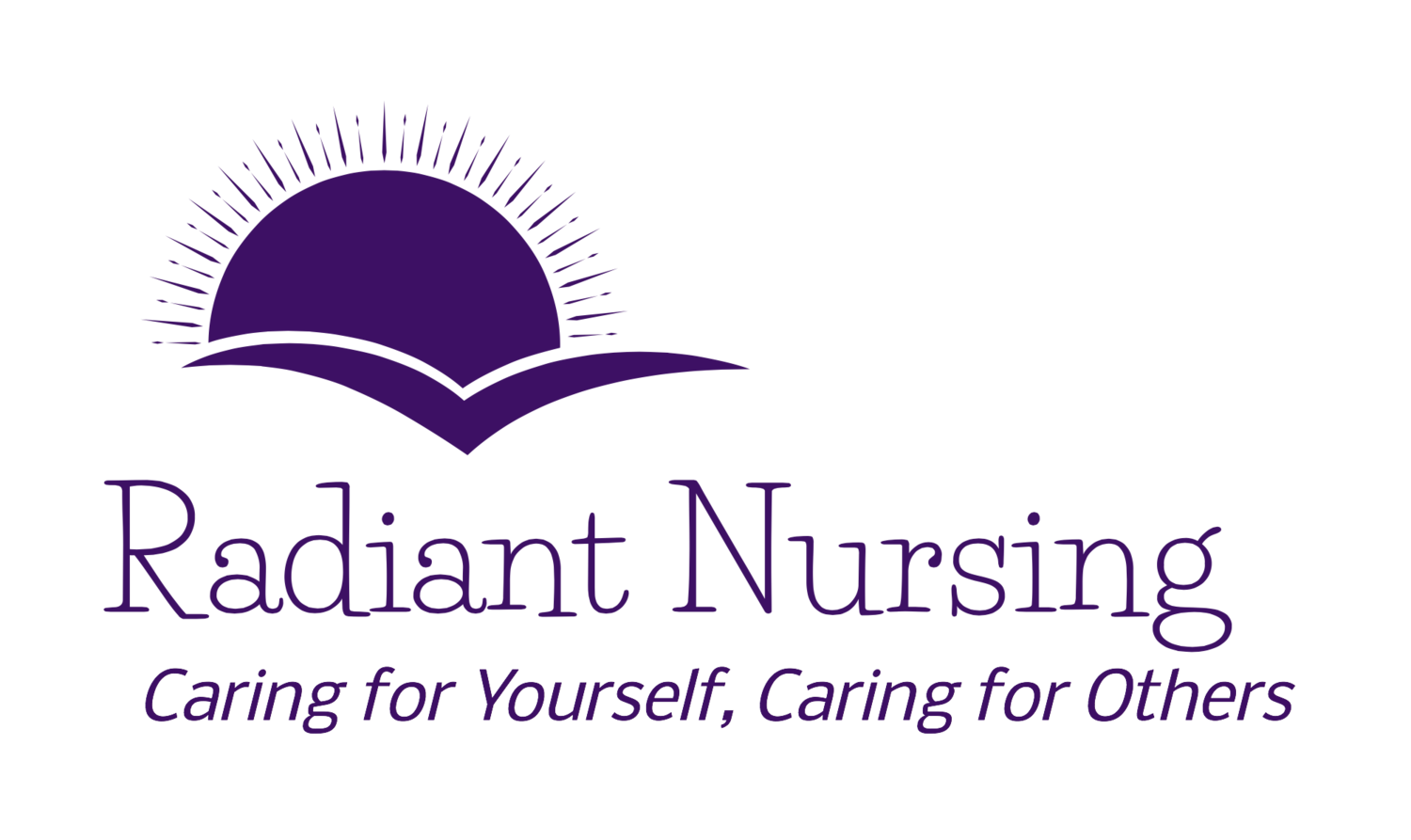She Let Go
/A New Year Called 2023
Our world is organized into many cycles – timing, seasons, days, weeks and months and in January, we celebrate a calendar cycle, a new year called 2023.
Cycles are noted for their beginnings and endings.
In A Christmas Carol, The 11th Doctor commented with his usual sage advice:
Everything’s got to end sometime, otherwise, nothing would ever get started.
Now is our time for an ending.
A New Cycle
We’ve been writing here for 10 years and we are now cycling down that process. We’ve had periods of lots of writing, not much writing, and then bumping along the road with everyone else as we all attempted to manage the Covid pandemic.
Now, as we leave 2022 and enter 2023, it’s time to let go as we travel on to more life adventures.
No More Words
Sometimes, there comes a time when it feels like all the words have been said. As if there’s nothing new left to say. At a certain point, it doesn’t make sense to just keep repeating the words.
Silence sinks down. It’s not a dead silence; it’s filled with dynamism and movement, but not with words that are said ouloud.
Silence is alive in its potentiality of manifestation, yet it’s holding still for the moment. It’s right on the edge of a precipice of action, yet it’s as relaxed as if lying with eyes closed in a warm meadow in the valley.
Silence settles around us. We’re comfortable here. There’s simply nothing more to say.
And in that silence, here is a poem called She Let Go, by Reverend Safire Rose.
She Let Go
“Without a thought or a word, she let go.
She let go of fear. She let go of the judgments.
She let go of the confluence of opinions swarming around her head.
She let go of the committee of indecision within her.
She let go of all the ‘right’ reasons. Wholly and completely,
without hesitation or worry, she just let go.
She didn’t ask anyone for advice. She didn’t read a
book on how to let go… She didn’t search the scriptures.
She just let go.
She let go of all of the memories that held her back.
She let go of all of the anxiety that kept her from moving forward.
She let go of the planning and all of the calculations about how to do it just right.
She didn’t promise to let go.
She didn’t journal about it.
She didn’t write the projected date in her day-timer.
She made no public announcement and put no ad in the paper.
She didn’t check the weather report or read her daily horoscope.
She just let go.
She didn’t analyse whether she should let go.
She didn’t call her friends to discuss the matter.
She didn’t do a five-step Spiritual Mind Treatment.
She didn’t call the prayer line.
She didn’t utter one word. She just let go.
No one was around when it happened.
There was no applause or congratulations.
No one thanked her or praised her.
No one noticed a thing.
Like a leaf falling from a tree, she just let go.
There was no effort. There was no struggle.
It wasn’t good and it wasn’t bad.
It was what it was, and it is just that.
In the space of letting go, she let it all be.
A small smile came over her face.
A light breeze blew through her.
And the sun and the moon shone forevermore.”
A poem called She Let Go read aloud with soft music underneath it.
Cycles Of Life
Life is filled with cycles of beginning and ending. This website will be archived as I take a sabbatical from public teaching of The Radiance Technique®.
The Radiant Nursing Facebook page will also be archived and remain accessible. Scroll through the photos for hundreds of memes, quotes and ideas for inspiration as well as the many images of the Sun for Happy Sunday posts.
New adventures are calling, and off we must go. It’s time to don a fedora and discover the world.
If you want, you’re welcome to visit me on a new website and blog: LeslieAnneliese.com. It will be under construction for awhile. Check back for when it opens.
Thank you for being here over the years and sharing it all with me. What a journey we’ve had and I’m filled with gratitude for you.
In the meantime…
Be Wild.
Be Free.
Shine On.







